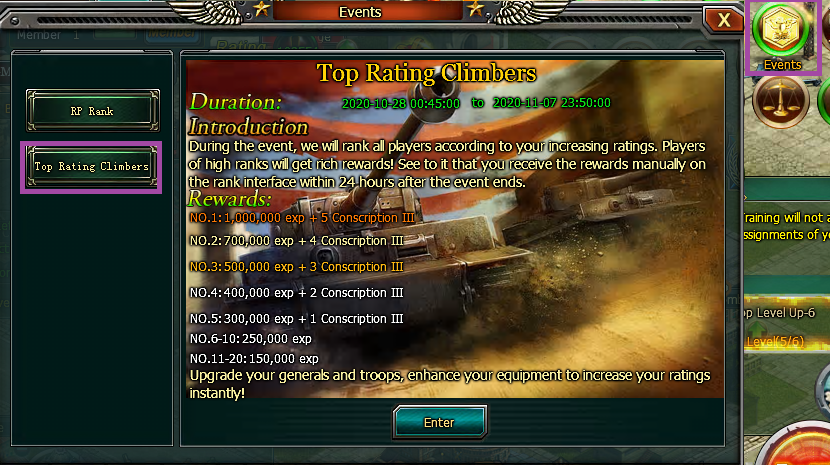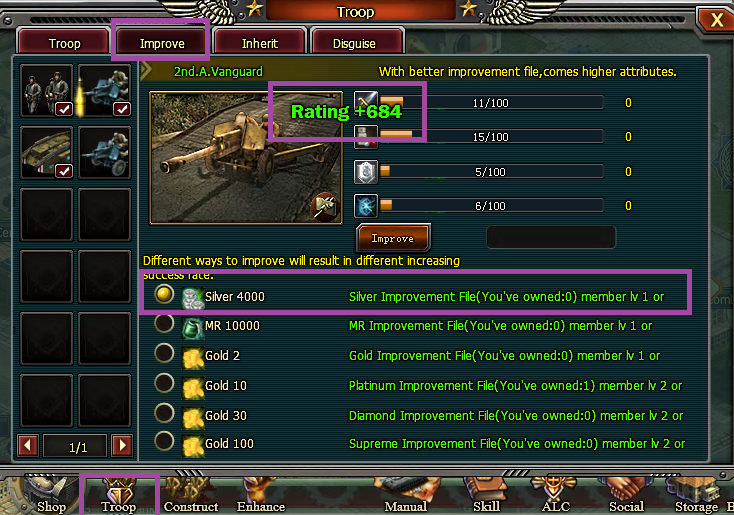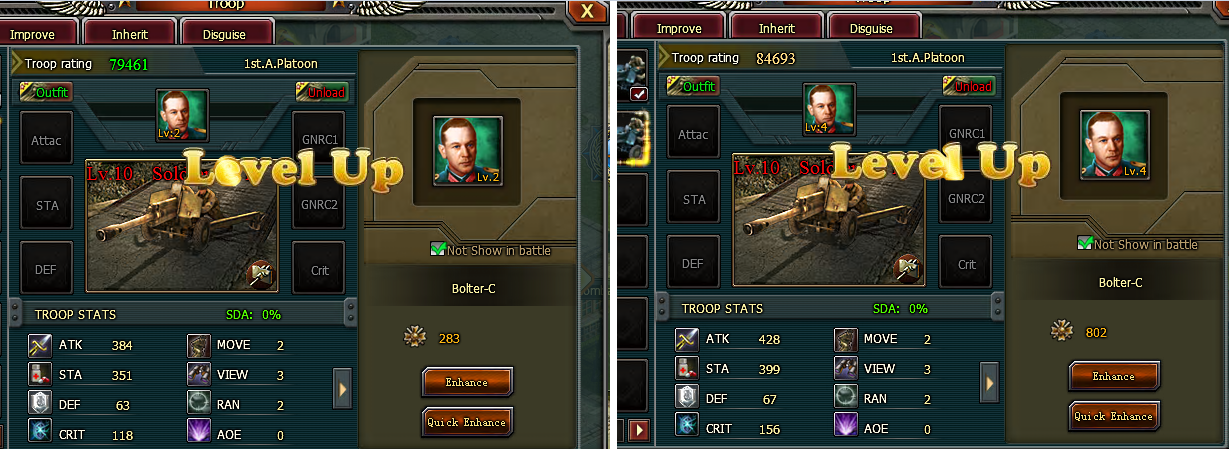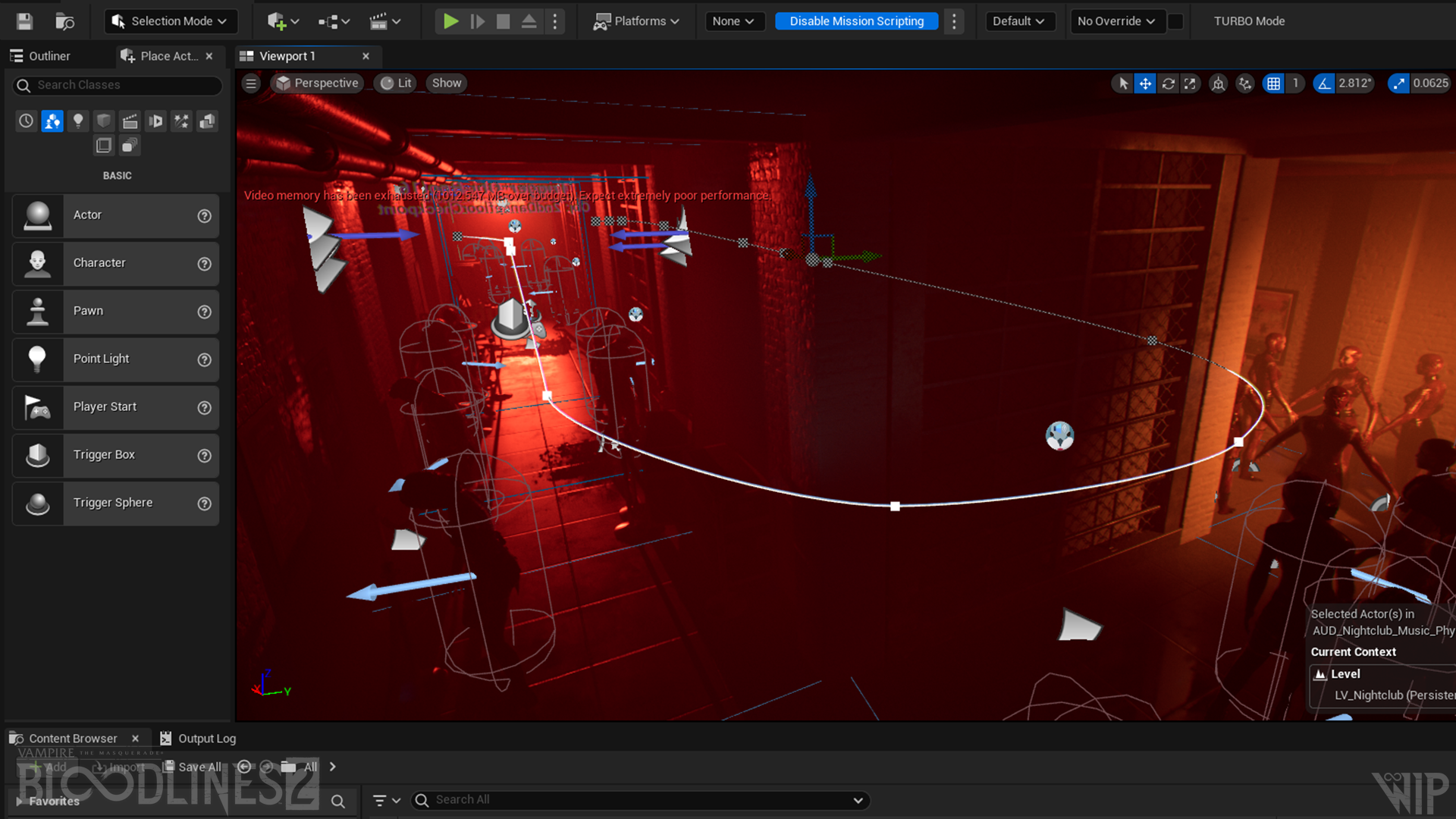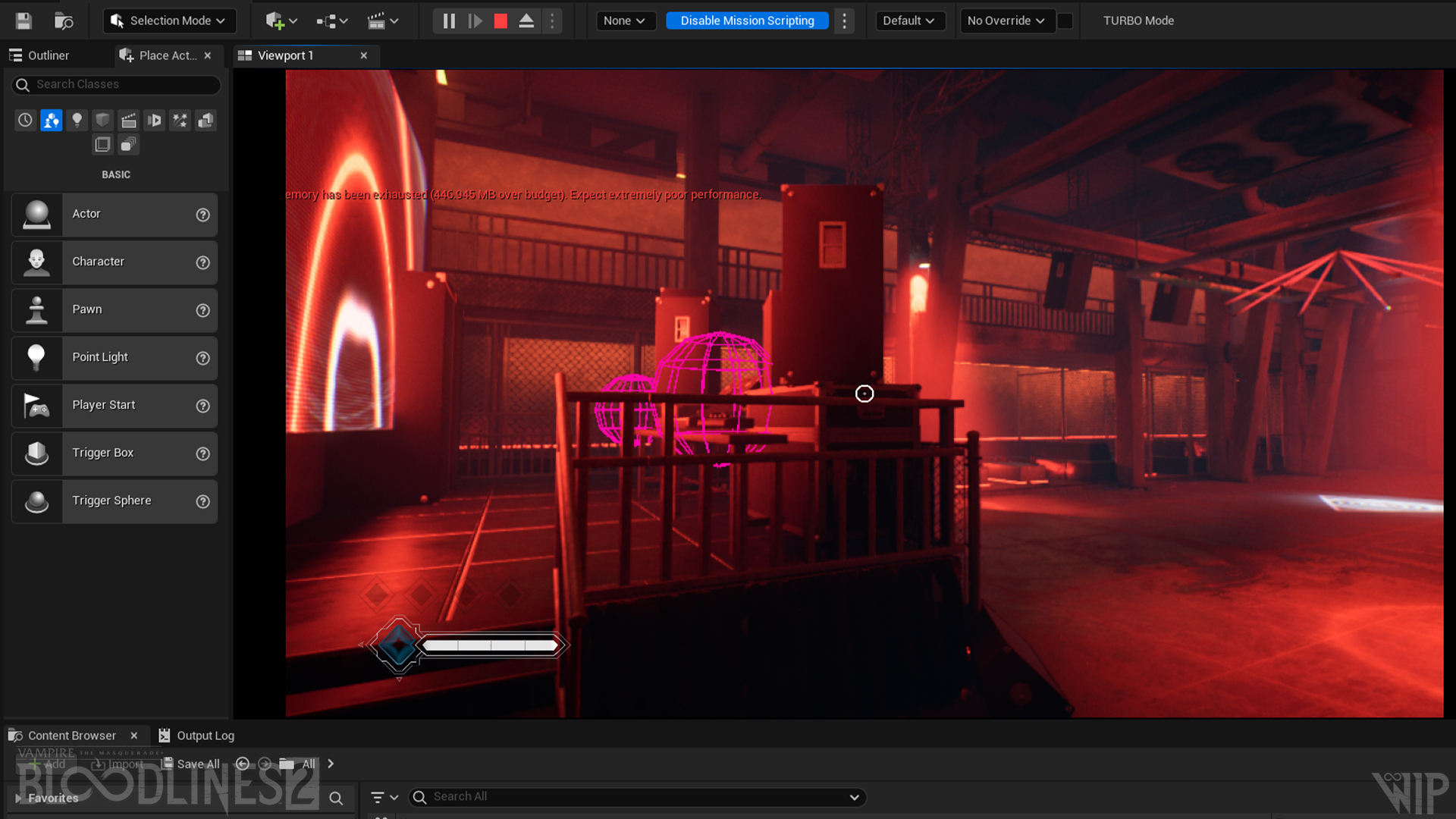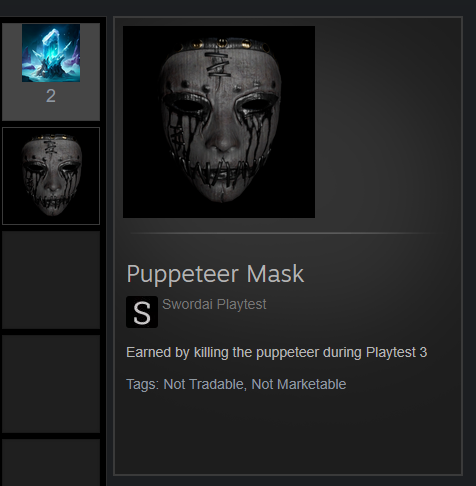
Nov 20, 2024
Waven - [Sirna]
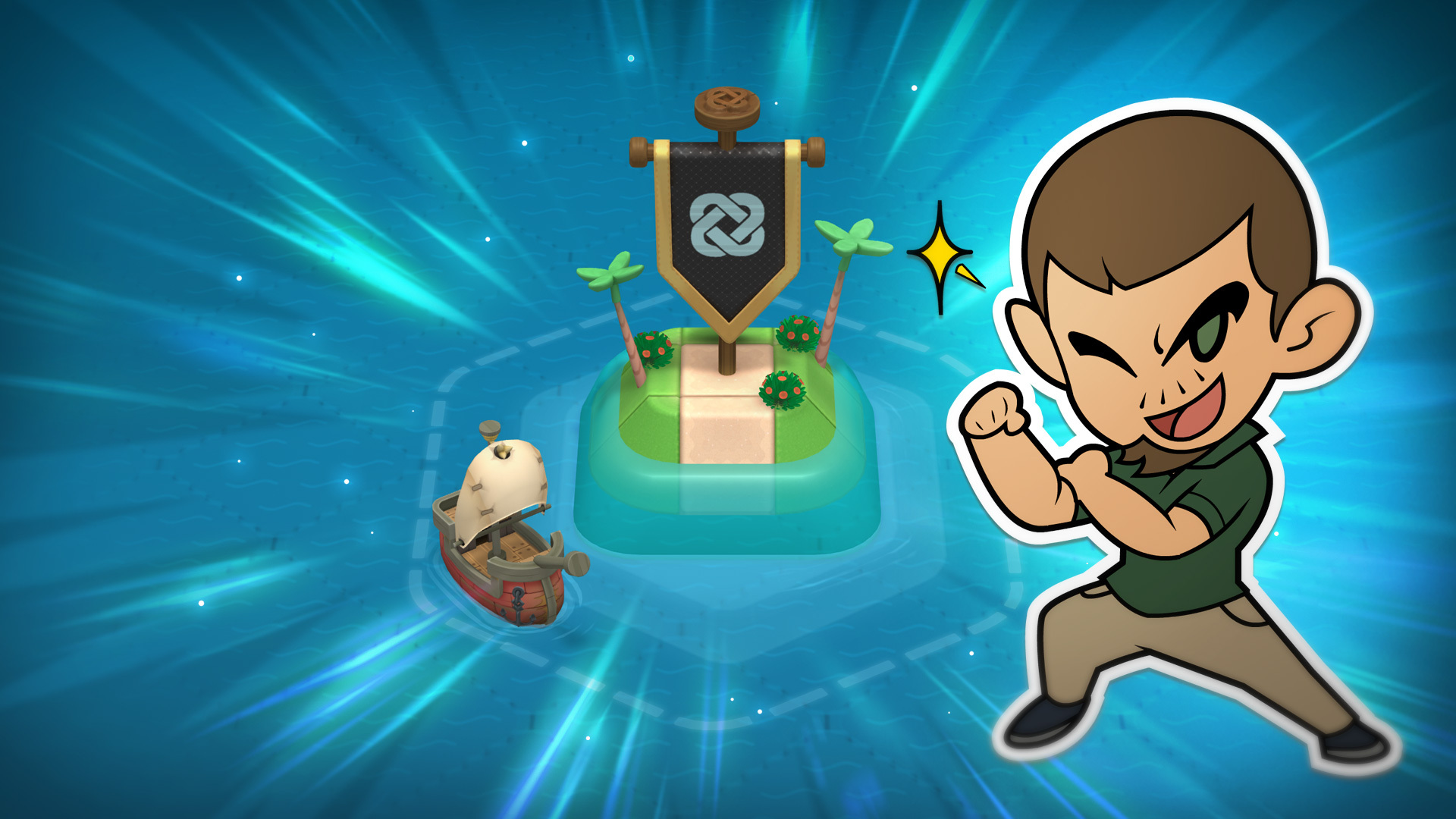
With the arrival of guilds in the game, many island skins are available to customize the atmosphere at your HQ. This article takes a look at the work of a 3D artist, who structures, arranges and makes believable the world we explore in the game.
Can you introduce yourself to the community and tell us how you ended up here and the like?
Hi, everyone! I'm Yuguhtrrh, and I've been a 3D artist on the WAVEN team for three years now. My rather unusual nickname actually comes from an entirely random combination of letters when I was playing a Flash game as a kid and had to name my character – and it's stuck with me ever since!
I've been a huge fan of Ankama's games and series as long as I can remember. In high school, I played – like lots of teens do – lots of games that, little by little, made me want to work in this field. I went on to study at E-ArtSup in Toulouse, France, where I found a mentor who helped me gain confidence in my chosen path.
After two years of intensive study and many personal projects, I was lucky enough to get an internship at Ankama! It was a very enriching experience and after my third year of study, I applied for a job as a 3D artist. When I'm not working, I play lots of sports, have an obsessive love of chocolate croissants (or chocolatines as we call them here*), and can't resist cute animal videos.
(Editor's note: No, we don't call them that here. Those are fighting words.)
Can you tell us what a typical workday looks like for you?
My day starts with a quick talk with the artistic director about current work, to make sure we're on the same page. Then, I get my first cup of coffee… and usually not my last! While my software is opening, I take a take a couple of minutes to keep abreast of what's happening in the arts to spark inspiration, and then I get to work.
My responsibilities have grown since I joined Ankama. At first, I mainly handled 3D, but little by little, I've been able to branch out to other areas – level design, item optimization, bug fixes, animated illustration, and even design. I try to always have fun when I'm creating, because I believe it's communicative and can be felt in the game.
What teams do you work with most often?
As a 3D artist, I get to work with every link in the production chain. For example, I regularly work with the animators who sometimes ask for adjustments to the background or decor to better suit the needs of their scenes.
Talks with game designers are frequent, too. When they plan new zones or maps, they have a set of specifications including the size of the board, the theme, the atmosphere, and even certain environmental constraints. We often need to coordinate with the artistic director, game designers and developers to asses feasibility and assign tasks. I also work regularly with the developers, either to discover new tools that will simplify production or to optimize the 3D environments.
Finally, our 3D team has modelers and designers. The modelers do the initial modeling and import the assets into the game, and the designers take care of the finishing touches – textures, colors, atmosphere, etc. Our artistic directer oversees it all, and provides feedback to harmonize everything.
Can you explain the creation process for a map or 3D asset?
To create a 3D asset, we start with a 2D concept that we import into 3D software to start modeling. After several passes, our artistic director examines the model and suggests adjustments to harmonize the shapes. Once this back-and-forth stage is done, we move on to optimization, removing certain polygons to make the model lighter in the game engine. It's a real balancing act because there need to be enough polygons for the outcome to look good, but not too many so the asset doesn't hog resources.
The, we move on to UV unwrapping to prepare for painting the texture; it's a little like unfolding the sides of a cube. The details are projected from the "detailed model" to the "optimized model" to get a quality result without putting too much of a load on the game motor. The texture, composed in intermediary software, updates on the object after it's imported into the game. And there you have it – the asset is ready!

When I need to design an object, all the stages are the same, except that I do the initial concept work myself. The goal is to create items that are instantly understandable and credible, and if possible amusing or cute! Since design isn't my main activity, it takes more effort but the results are very often gratifying (at least for me…).
For maps, for example, let's look at the Guild Havens, the last major project I worked on. To start, I was given level design specifications with instructions on the size of the map, activities available there, and their respective positions.
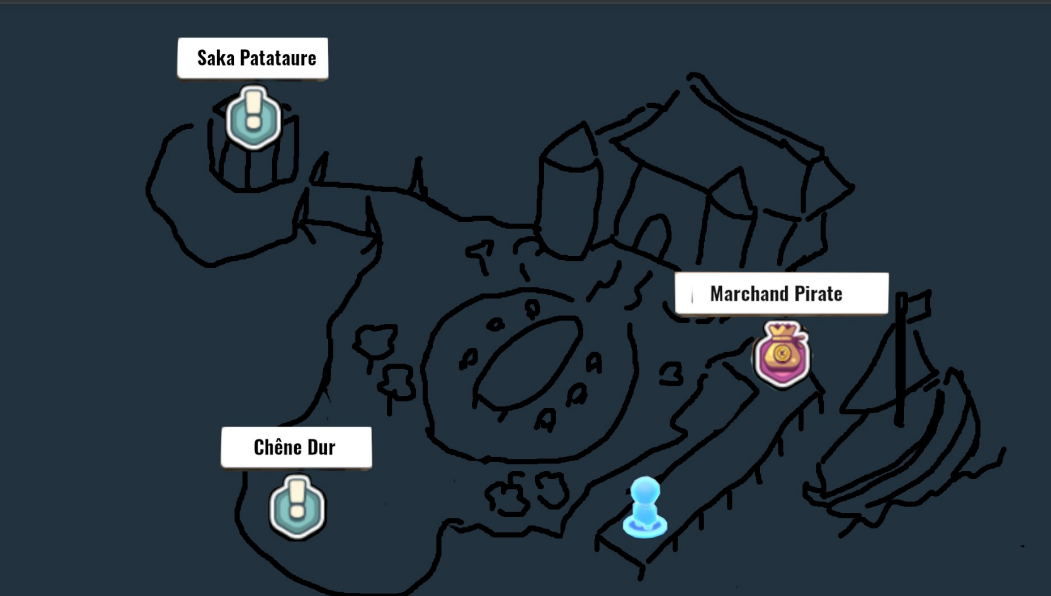
First, I follow the concept by quickly pulling together the map elements and positioning things of interest to define the overall layout.

Then, the level art work begins, to make the map more alive and more attractive. I flesh out each area of the map individually (the port, the oak tree, the cage, the house, etc.), zooming in and out to adjust the details and overall harmony. It's an iterative process to find the right balance so that the map is neither too empty nor too busy.
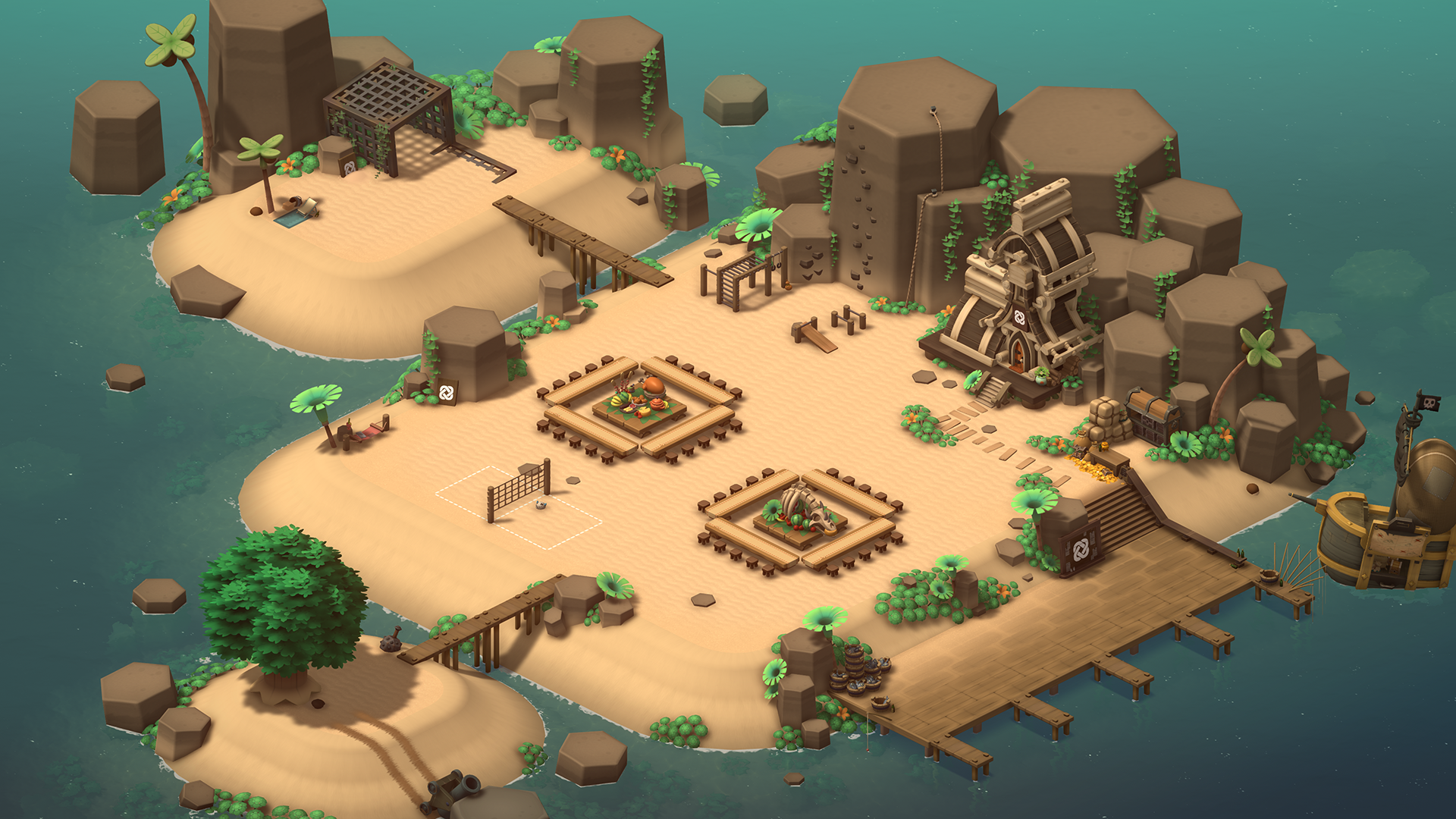
Composition is a key element because that's when distributing mass and focus points (also called "points of interest") comes into play. For example, we need to avoid creating "tangency issues", that is situations where two objects are so close that their tangents collide or overlap.

After the elements are in place, a designer goes over my work to adjust the colors. This is an important stage because it sets the atmosphere and evoked emotion, and lets us direct peoples eyes where we want. Colors are generated through the lighting or directly on those of the object itself. The goal is to find a balance so that the result is harmonious and nice to look at. I usually provide the design team with a color base and, since they are incredibly talented, we are able – together – to really enhance the map and make it credible in the universe. I hope that players like the different guild islands!
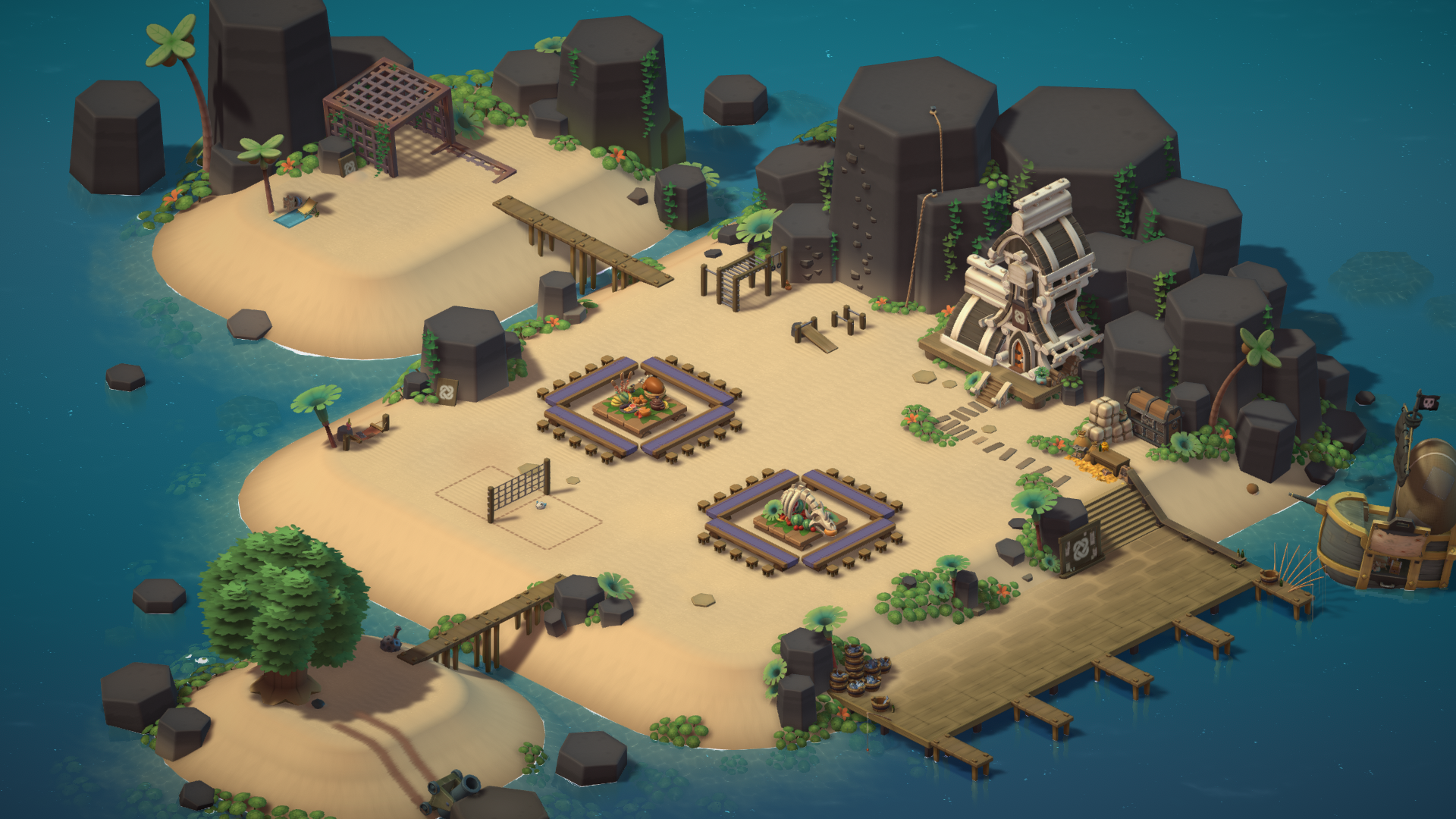
Before
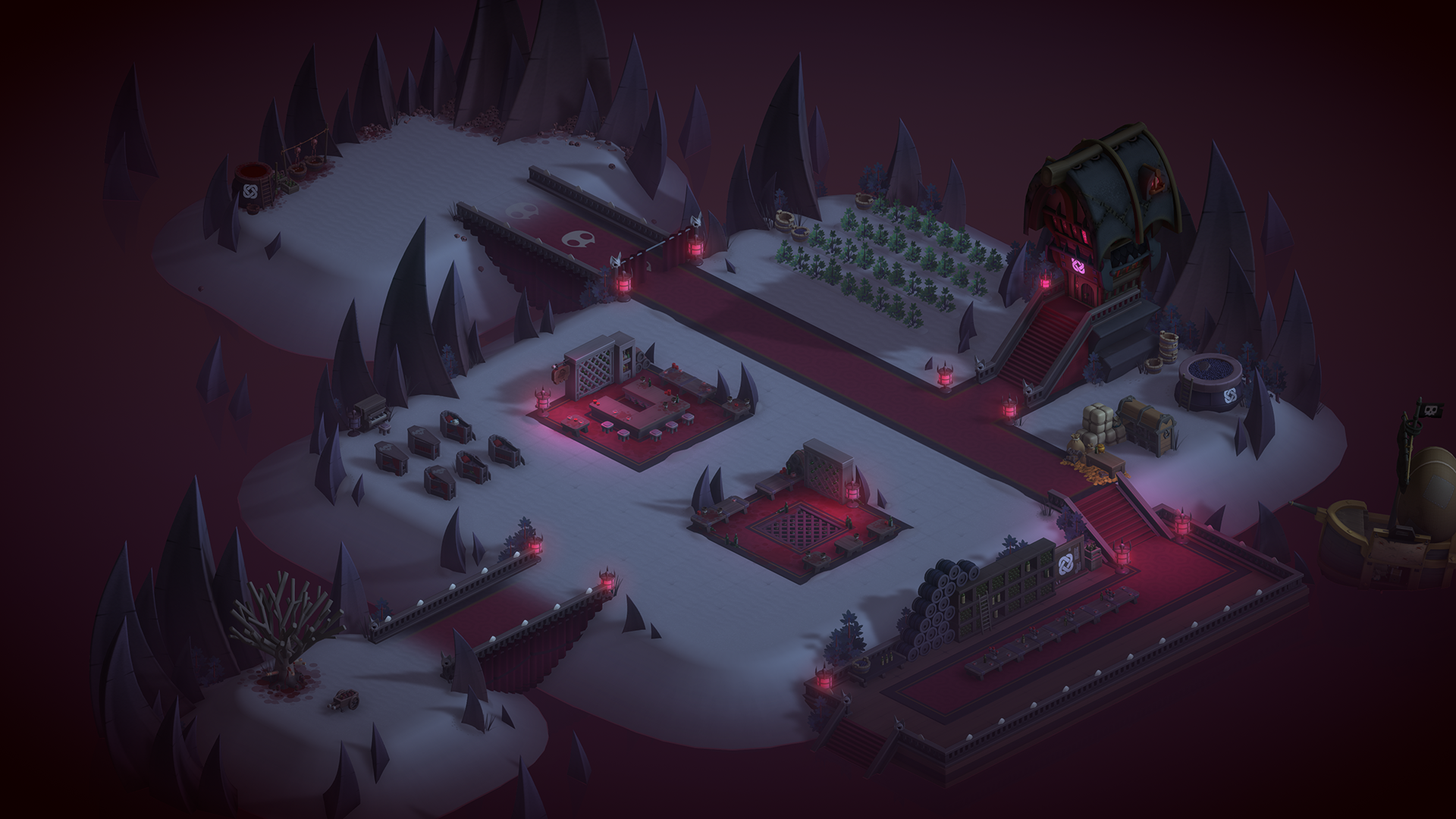
After
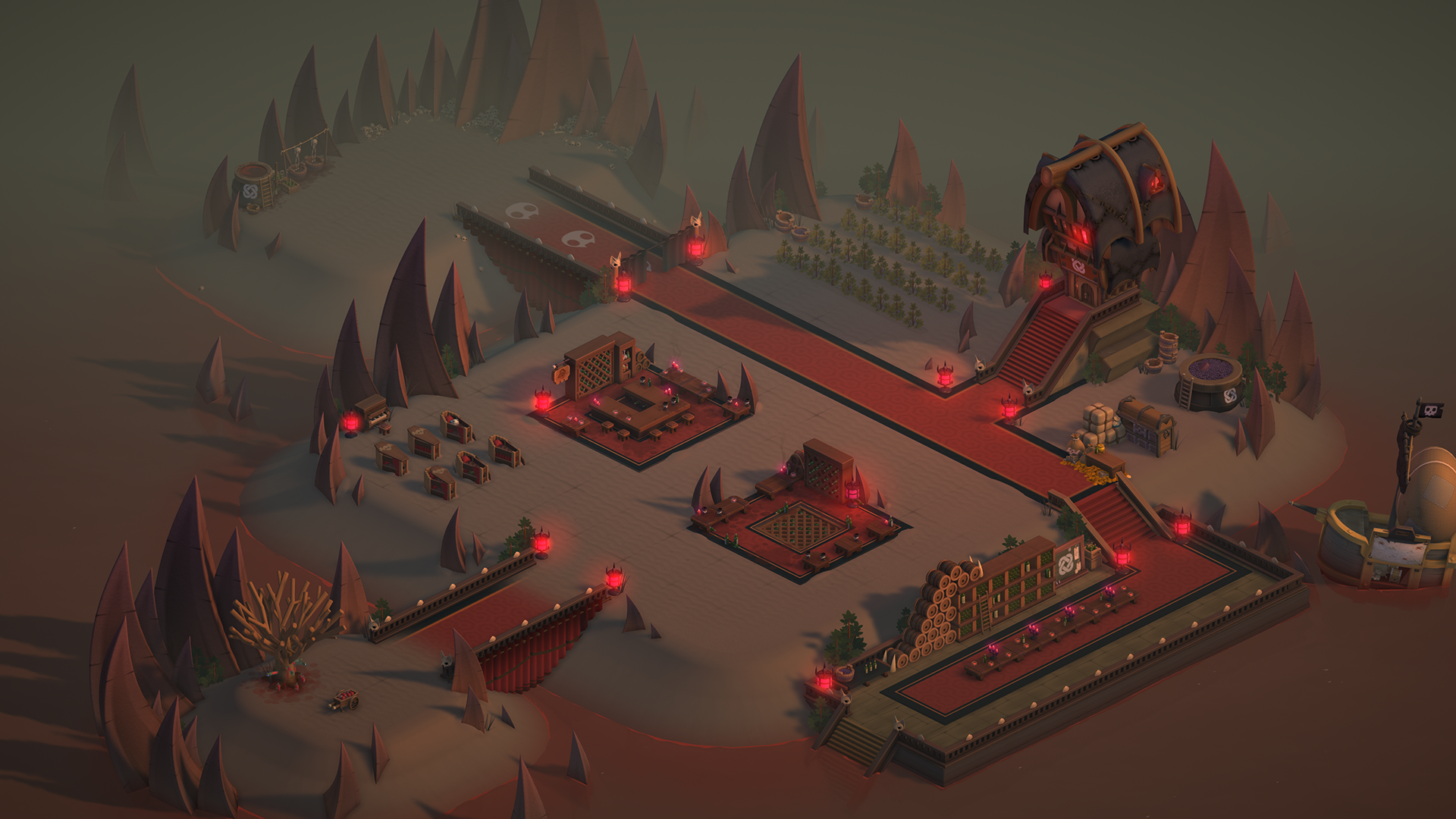
What was your inspiration for the maps you've created? Did you include hidden references or private jokes?
Each Guild Haven has it's own theme, so I took my inspiration from lots of things: the Ankamaverse (of course), games I play (Elden Ring, for example), things that happen to me in real life, and even conversations with colleagues.
Personally, I really like the Vampyre Guild Haven. I wanted to avoid the "blood-loving Vampyre" cliche and explore how they harvest "blood-wine". That's when the idea of enology hit me. I imagined the path from tasting to harvest, maceration and rest after properly "appreciating" the beverage. There's a whole story I try to tell in my art. The position of the oak tree in the south-west of the map is inspired by the dragon blood tree, which seems perfectly suited to harvesting blood-wine!
There are references in almost all the maps, but here are a few just for fun… For each Guild Haven, the instruction was given to add a thematic banquet based on the monster families. For Chafer Island, I found myself imagining what those (almost) living skeletons could eat… What makes bones stronger? Calcium!
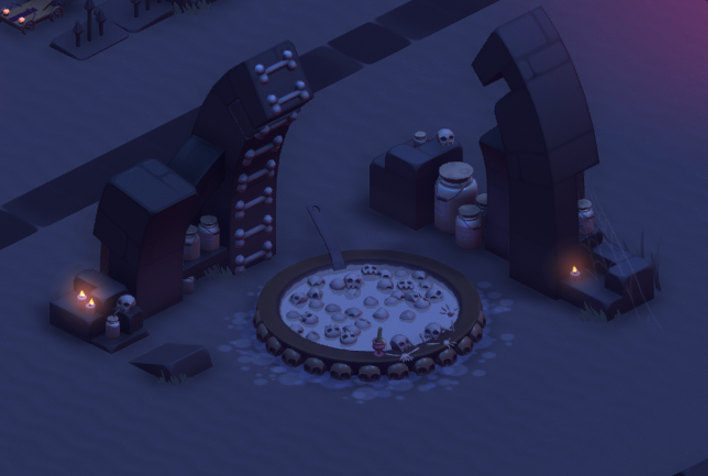
Another reference is on the Gobball Guild Haven. The number 10 on the gobbowl stadium is a wink at Yugo's headgear during the Real Gobbly game in the WAKFU anime.
Obviously, there are more – more or less subtle – references but I'll let the players have fun finding them all!
What tools do you use in your work?
We use Blender for modeling, XNormals for baking (projecting details on the optimized model), Photoshop for textures, and Unity for the game engine. I also always have a sketchbook at hand for notes and sketches and, of course, I've always got a (huge) cup of coffee.
Are all the background elements in 3D, or are some in 2D?
Good question! Everything is in 3D except for certain elements we call "sprites". Sprites are flat surfaces with transparency on which a pattern is applied. For example, in the Crackler Guild Haven, the rails are made of flat sprites. Technically, it's not really 2D because the plane is in 3D, but since it only has two dimensions (X and Y), it gives the impression of being in 2D. You just need to put the sprite on a flat surface for it to naturally blend into the environment – provided that the texture can credibly create a feeling of volume.
Use of sprites varies according to needs. Here, they let us avoid adding too much volume everywhere so that the screen doesn't get too "cluttered" and that the decor element stays discreet. It's a way to optimize the appearance without disrupting readability. We call that a "decal".
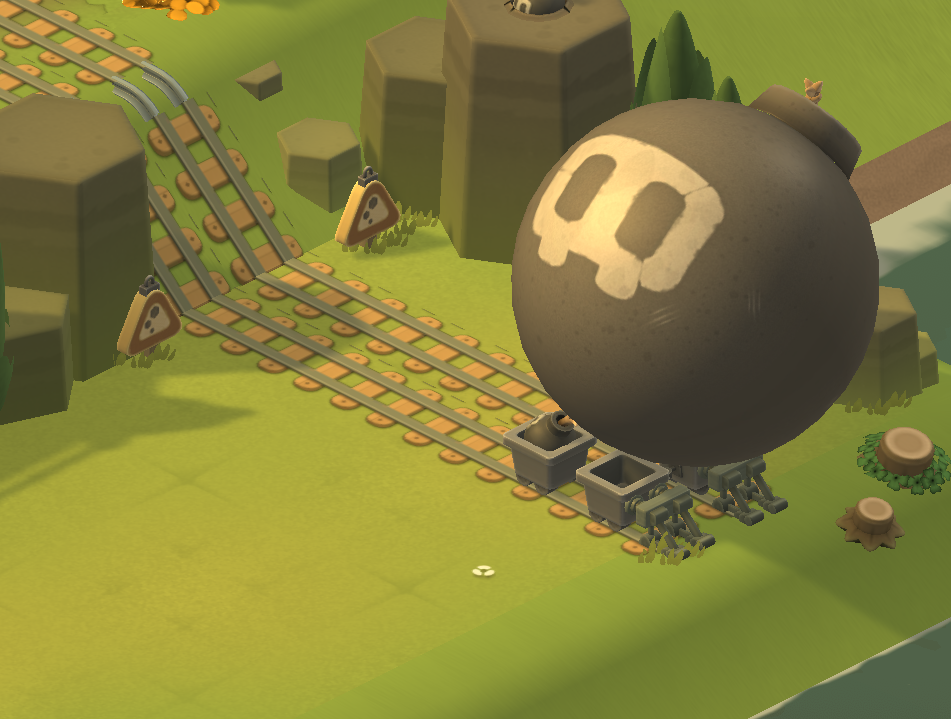
Do you have any advice for any aspiring 3D artists reading this?
Giving out advice is a huge responsibility, especially since I'm still new to the industry! But I would say… Don't blindly follow everything you hear; you need to pay attention to what inspires you and suits you. Patience and perseverance are two essential virtues, and you should never hesitate to ask for feedback on your work.
Also, I think that it is more useful to master one area fully rather than scattering your efforts. Finally, joining artistic communities on social media can really speed up your progress.
Thank you, Yuguhtrrh, for your time and for revealing some of your secrets. If you want to see more of his work, he updates his ArtStation portfolio regularly:
artstation/yuguhtrrh





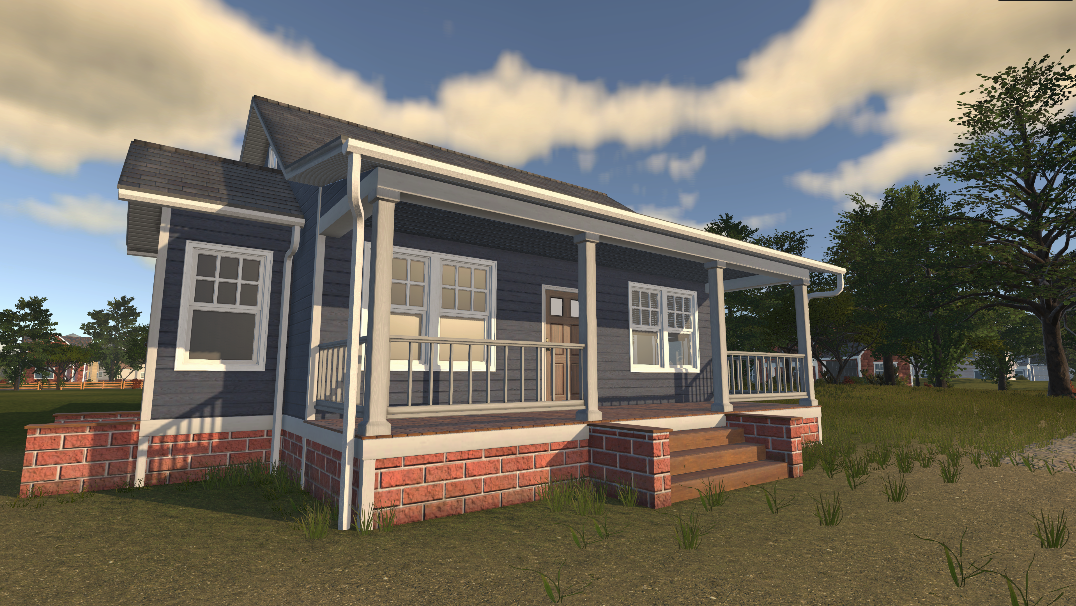 Before
Before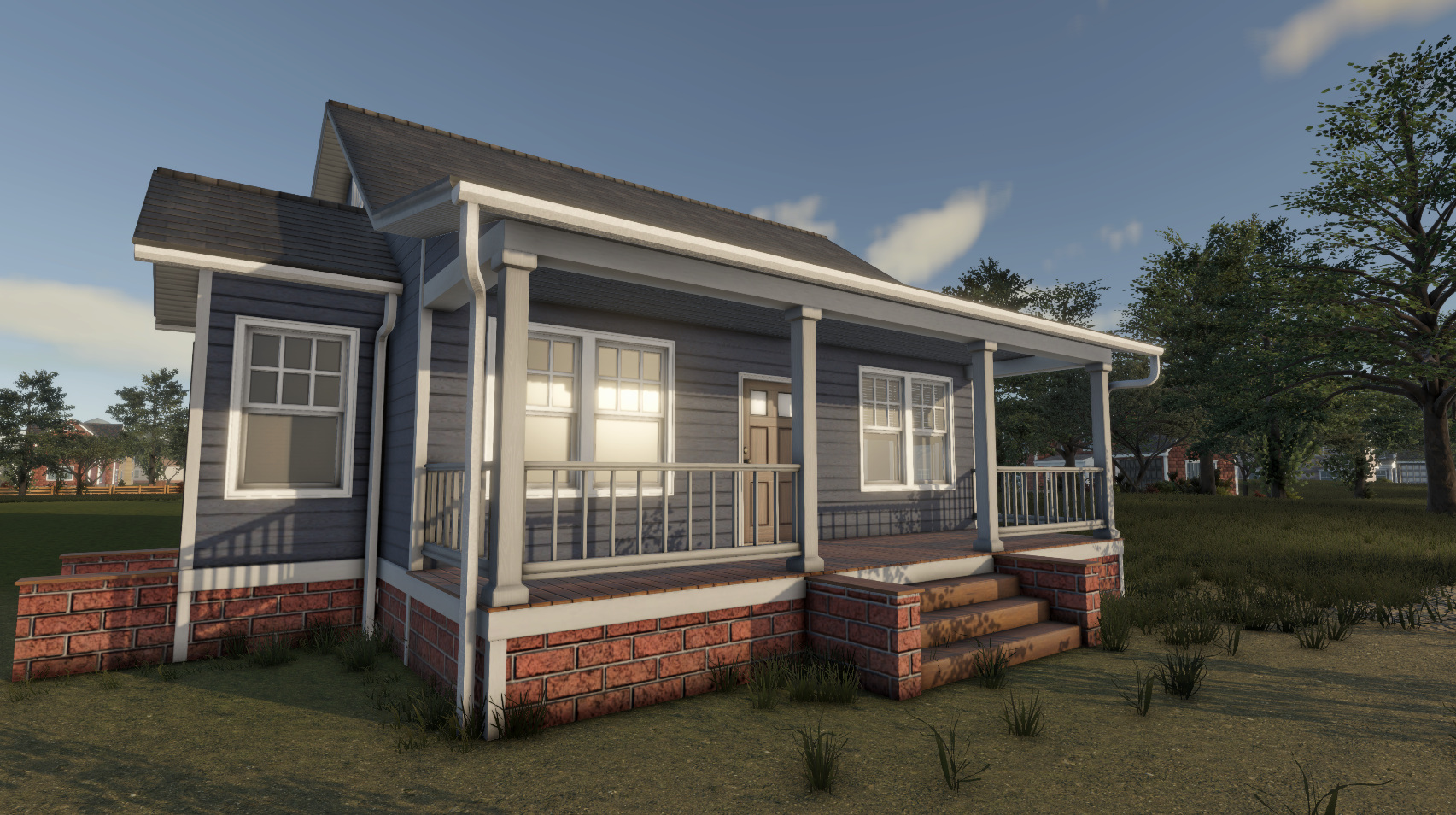 After
After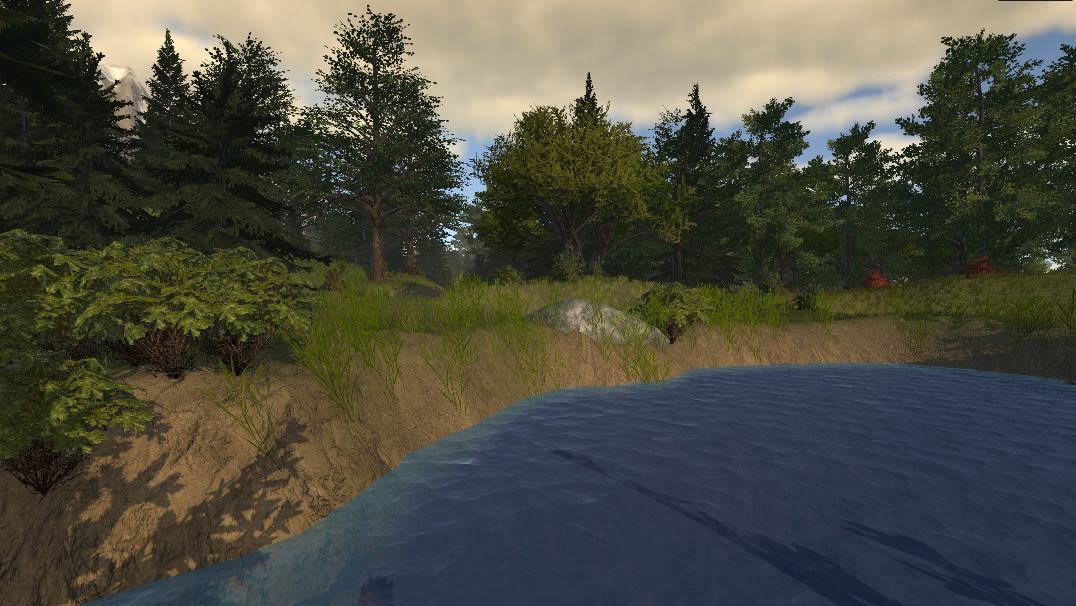 Before
Before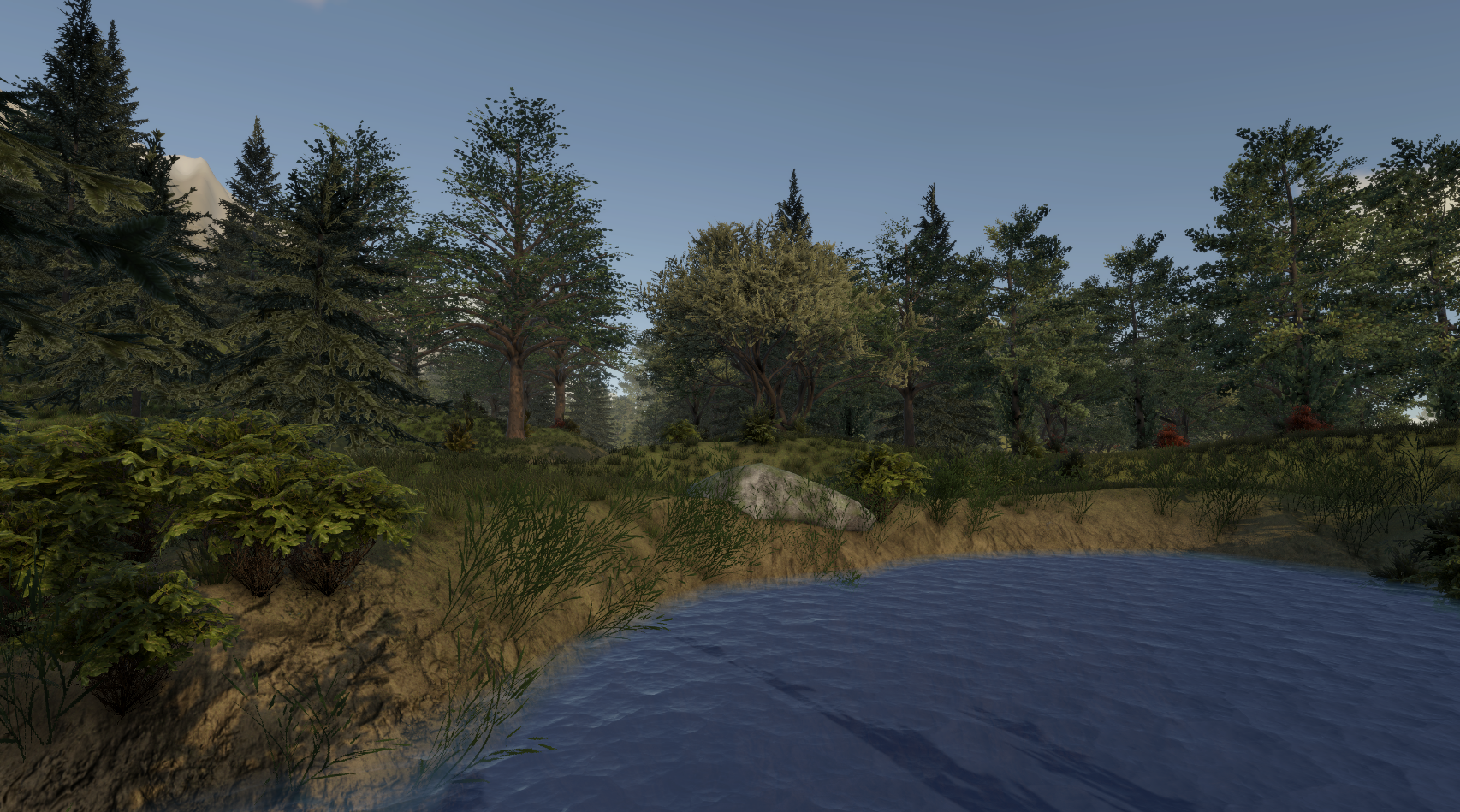 After
After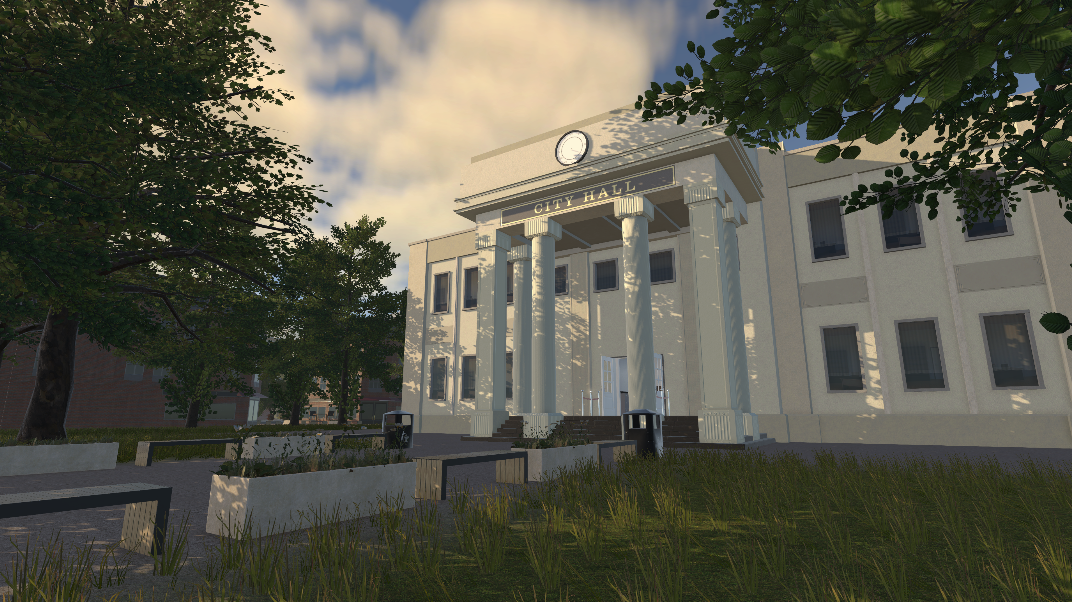 Before
Before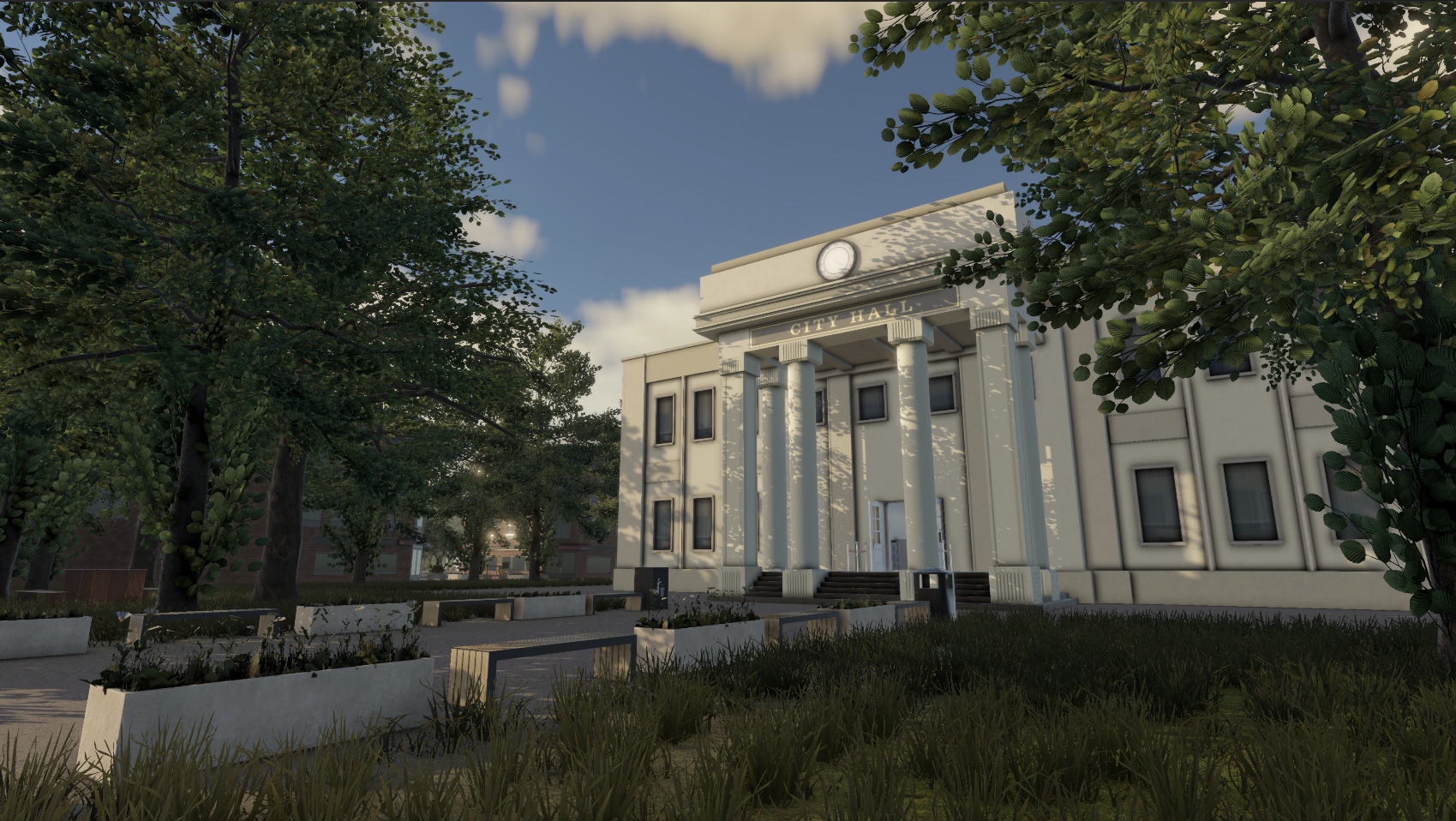 After
After





